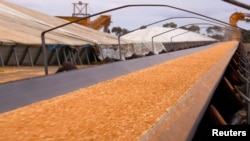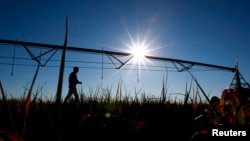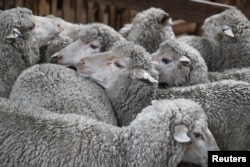Australia’s national science agency Tuesday unveiled a new blueprint to ensure the nation’s food supply is secure and resilient. The Commonwealth Scientific and Industrial Research Organization has said the sector faces serious challenges, including climate change and disruptions to supply chains.
More than 70% of Australia’s agricultural production is exported overseas, according to government data, helping to feed an estimated 70 million people around the world and at home. It makes Australia a key global food producer.
But CSIRO, the Commonwealth Scientific and Industrial Research Organization, is warning that the nation’s food systems must change to remain sustainable in the future.
Australia’s national science agency has identified several key threats to food production; “recent climate extremes, the COVID-19 pandemic, and geopolitical uncertainties.” It has also identified other critical challenges, including increasing demand, as well as disruptions to supply chains and the workforce.
It has unveiled a new plan called Reshaping Australian Food Systems to make food production more sustainable, nutritious, productive and resilient.
Michael Robertson, the director of CSIRO Agriculture and Food, told the Australian Broadcasting Corp. that new approaches are needed in agriculture.
“There is also an awful lot of innovation required around new products, new food products, new ways of producing crops and animals on farms, the use of renewable energy in food processing [and] better understanding of our supply chains and transport networks,” he said.
Robertson also said that climate change would bring more extremes to farmers and disruptions to water supplies.
Better access to healthy diets and minimizing food waste are among five key areas identified in the CSIRO blueprint. The agency has estimated that a third of Australia’s food production goes to waste each year.
Australia’s agricultural activity is determined by the climate, the availability of water and the proximity to markets.
Livestock grazing takes place across the country, while horticulture — the production of fruit, vegetables and flowers — and cropping, that includes the planting of wheat and barley, are generally located in coastal regions.
In 2021–22 exports of Australian agricultural, fishery and forestry products were worth $51.2 billion, according to official records.










